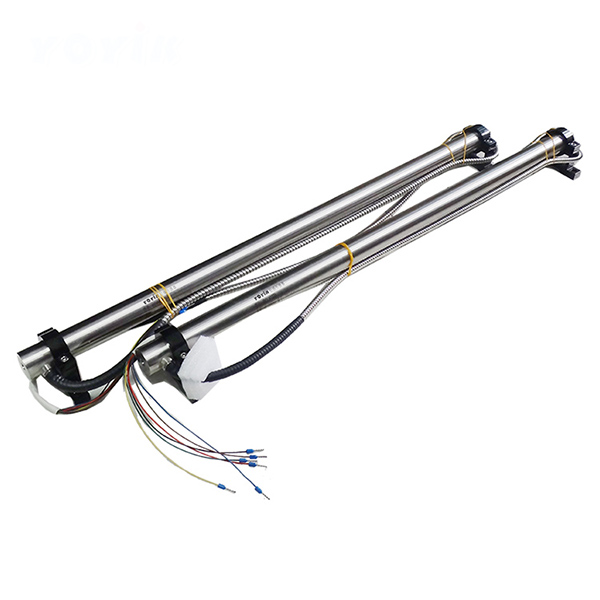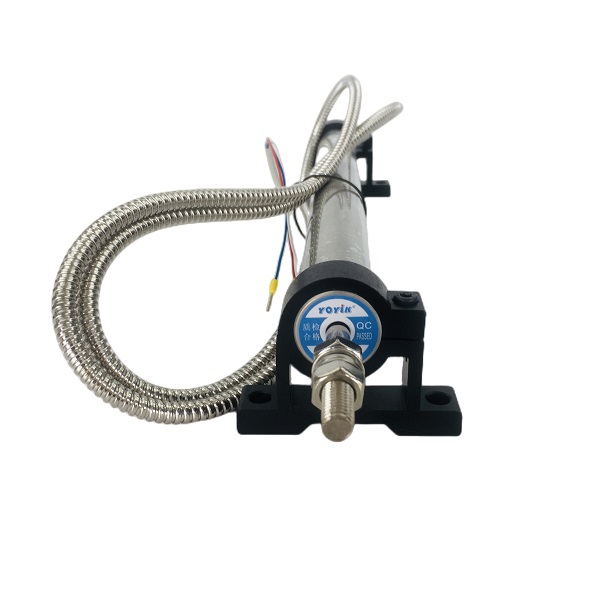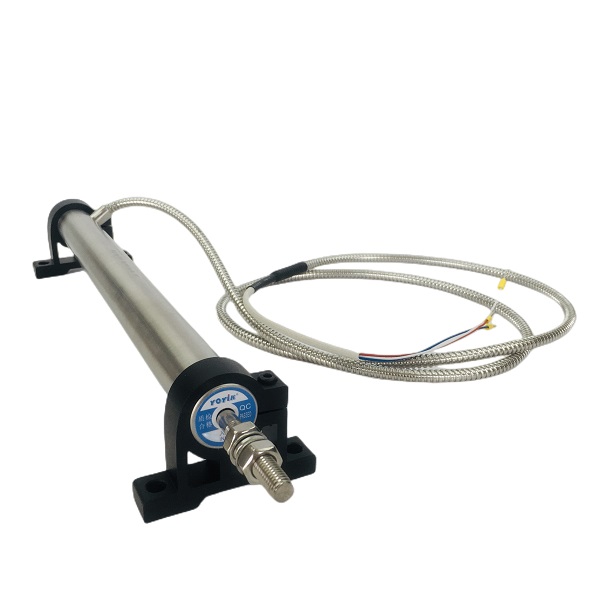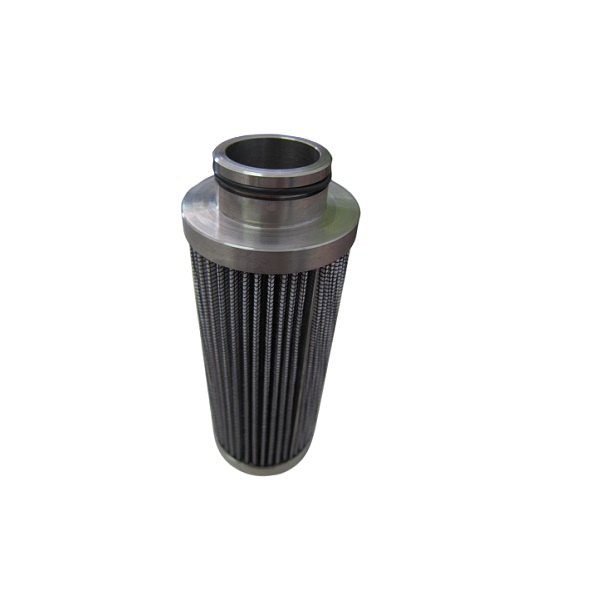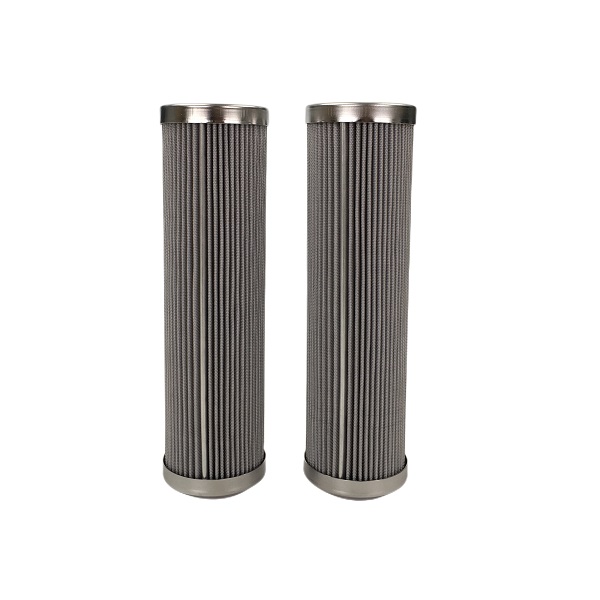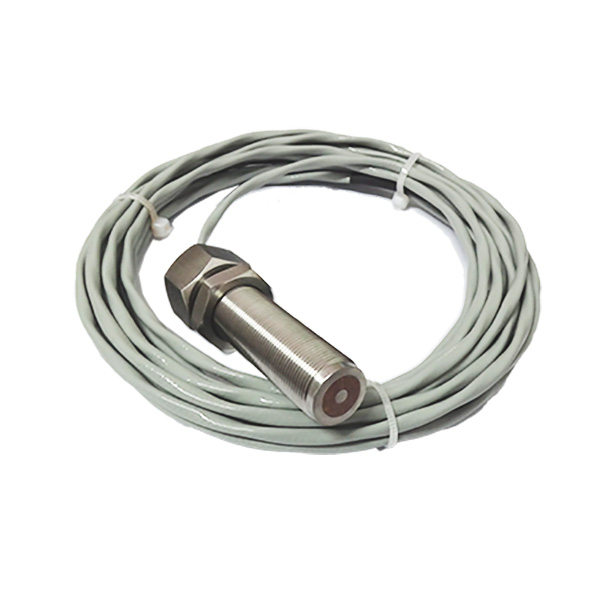Displacement sensor (also known as LVDT sensor) has a wide range of functions, which is one of the reasons why it can play a role in various application fields. Different types of displacement sensors have different functions and principles, and individual differences lead to their different functions.
Function of displacement sensor
LVDT displacement sensor is a sensor used to measure the relative position or position change of an object. It can convert the displacement information of the measured object into electrical signals or other forms of signal output. Displacement sensors are widely used in various measurement, monitoring and control systems and have the following functions.
First, position detection: the displacement sensor can detect the position information of the object and determine the position of the object by outputting electrical signals or other signals.
Second, motion control: the displacement sensor can measure the position change of the object, which can help the control system achieve accurate motion control.
Third, quality detection: Position displacement sensor can detect the deformation and displacement of the object, which can be used to judge the quality and stability of the object.
Fourth, strain analysis: the LVDT displacement sensor can measure the tiny deformation of the object, which can be used for strain analysis and structural health monitoring. Fifth, automatic control: displacement sensor can be used with computers and other automatic control equipment to realize automatic control and data acquisition.
In general, displacement sensors are widely used in industrial automation, robotics, aerospace, medical diagnosis, civil engineering and other fields, which can improve work efficiency, reduce production costs, ensure safety and improve production quality.
Application field of displacement sensor
Based on different principles, displacement sensors can be divided into many types, including capacitive, inductive, resistive, photoelectric, ultrasonic, and so on. Different types of displacement sensors have differences in measuring range, accuracy, sensitivity, response speed and anti-interference ability. In terms of application range, displacement sensors are widely used in industrial automation, robotics, aerospace, medical diagnosis, civil engineering and other fields.
In machining, displacement sensor can be used to detect the movement of machine tool, the position and shape of work piece, and the position and state of tool, so as to help achieve high-precision machining.
Displacement sensor plays an important role in automatic control. It can be used to detect the position of the end effecter of the robot to achieve accurate motion control.
Displacement sensor can be used for structural health monitoring of buildings, help monitor the deformation and displacement of buildings, and improve the safety of buildings.
In the medical field, displacement sensors can be used to measure physiological parameters of the human body, such as blood pressure, temperature, pulse, etc., to help doctors diagnose.
In a word, displacement sensor is a sensor widely used in industrial automation, medical treatment, construction, robotics and other fields. It can help to achieve high-precision and high-efficiency measurement and control, and has important significance for improving production efficiency and product quality.
Contact and non-contact displacement sensors
The displacement sensor with iron core generally belongs to the contact displacement sensor. The contact displacement sensor needs to contact the probe of the sensor with the object to be measured, and needs to contact the object to be measured and be affected by the force, and measure the displacement through the movement of the probe. Common contact displacement sensors include pull type, spring type, capacitive type, inductive type, etc.
The non-contact displacement sensor does not need to contact the measured object, and can measure the displacement by measuring the changes of physical quantities such as light, sound and magnetic field. Common types of non-contact displacement sensors include: laser displacement sensor, which measures the displacement of the measured object by measuring the position change of the laser beam; Photoelectric encoder, which measures the displacement of the measured object through grating and photosensitive element; The ultrasonic displacement sensor measures the displacement of the measured object by measuring the propagation time of the ultrasonic wave in the air; Magneto electric displacement sensor measures displacement by measuring the change of magnetic field intensity around the measured object; Capacitive displacement sensor measures displacement by measuring the capacitance change between the measured object and the sensor.
Different types of displacement sensors have slightly different measuring principles and methods, but they measure displacement by measuring the movement or deformation of objects. During the measurement, the sensor needs to be fixed on the measured object to ensure the relative position and attitude of the sensor and the object remain unchanged, so as to ensure the accuracy and reliability of the measurement.
It should be noted that when using the displacement sensor, it is necessary to select the appropriate sensor type and measurement method according to different application scenarios, and ensure the correctness and reliability of the installation, connection and commissioning of the sensor, so as to ensure the accuracy of the measurement results.
Post time: Mar-07-2023


